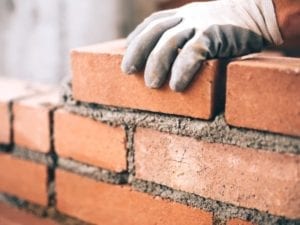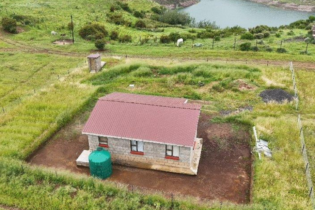During the fourth quarter of 2021, annual growth in tender prices, as measured by the BER Building Cost Index (BCI), accelerated by a revised 5.9%.
Preliminary data for 2022Q1, however, shows a marked slowdown in the BER BCI. “Growth in tender prices has remained subdued even though building material costs are in double-digit territory, and have been for some time. This is a reflection of the continued weak demand for building construction,” said Craig Lemboe, Senior economist at the BER. Towards the tail end of the year, input cost price increases moderated somewhat as supply chain disruptions eased. However, developments in the first quarter of this year have resulted in intensified price pressure. The war in Ukraine for example has driven steel prices up to new records. The reason for this is twofold. Both Ukraine and Russia are large steel producers, and the war has disrupted supply chains as well as production. Meanwhile, a rising number of COVID-19 infections in China, the world’s largest steel manufacturer, has led to various lockdowns, further exacerbating supply constraints. Among other important inputs, copper prices also rose rapidly in March. This was after data showed that output in the world’s top producer, Chile, fell to its lowest level since January 2011.Data showed that Chile’s copper output fell by 15% month-on-month (m-o-m) and 7.5% y-o-y in January 2022. Rising energy and fuel costs should also add to contractors’ overall bill. Looking ahead, tender prices are expected to remain comparatively subdued.
According to Lemboe, “although we forecast an acceleration in tender prices for the rest of 2022, it is expected to remain well below the growth in input costs. As a result, there will be downward pressure on building contractors’ already strained profit margins”About the survey The BER Building Cost Index is compiled from information collected quarterly by means of a standard questionnaire from the same group of quantity surveyors. These quantity surveyors supply information on the scope of the project, some amounts and the tariffs (rates) of a number of items from the bills of quantities of accepted tenders.
The index is compiled by analysing current price movements of 22 representative cost components that are common to all buildings relative to the prevailing base prices. Data for items from most of the categories of the Standard System of Measuring Building Work are collected








